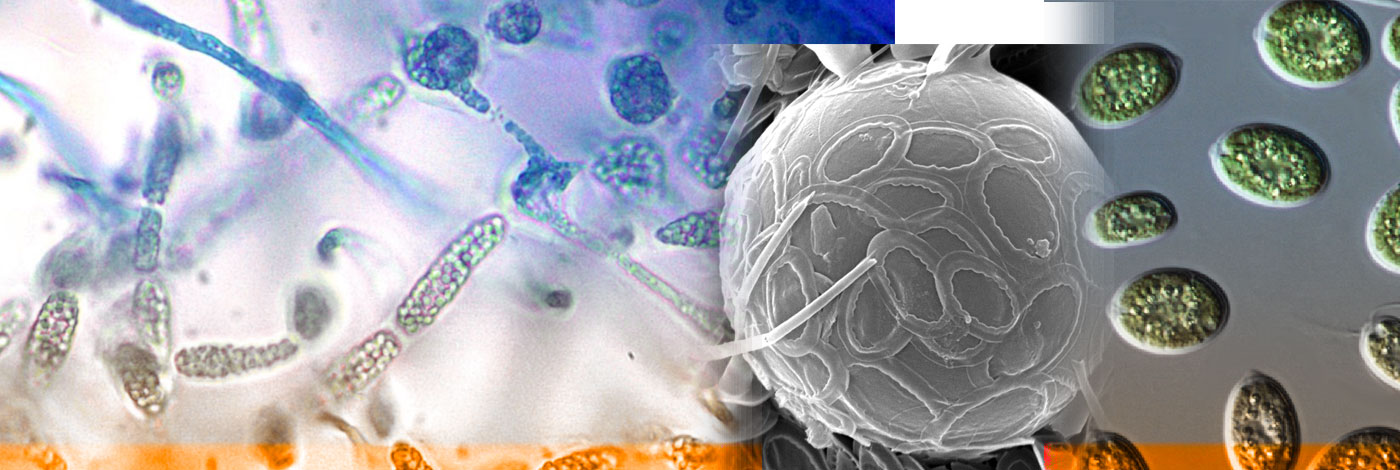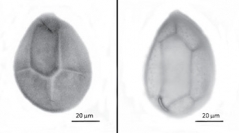

 Cryptogamie, Algologie
33 (2) - Pages 199-207
Cryptogamie, Algologie
33 (2) - Pages 199-207An extensive sampling program was performed in the Atlantic side of the Iberian Peninsula on 17 sites during 2010 and 2011 summers, in order to characterize the distributional pattern of potential toxic dinoflagellates of the genus Ostreopsis. The study area presents a discontinuity in the species distribution in a pattern that parallels that of summer water temperature. Ostreopsis was not found in a relatively wide fringe of the Northwest side of the Peninsula, as water temperature is markedly lower than that in the Northeast and Southwest extremes where Ostreopsis has been found. Comparing the observed distribution of Ostreopsis on the Atlantic coast of the Peninsula with different sea surface temperature (SST) percentiles, it is notable that neither minimum nor maximum temperatures observed in the range of the study area can explain the species distribution but presumably is the length of the warm period what limits the genus presence. Thus we hypothesize that for Ostreopsis to be present in a certain area three continuous months with SST above 19.5°C may be necessary.